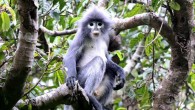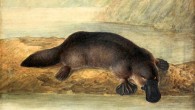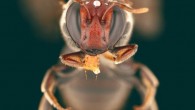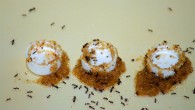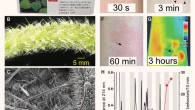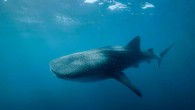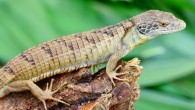Humans, mice, zebrafish, and most likely other animals, share enhancers — DNA regions that help to regulate gene expression and evolve rapidly — with Amphimedon queenslandica, a species of sea sponge from the Great Barrier Reef, according to new research. Amphimedon queenslandica. Image credit: University of Queensland. “Some elements of the human genome — an organism’s complete set of DNA — functioned in the same way as...


